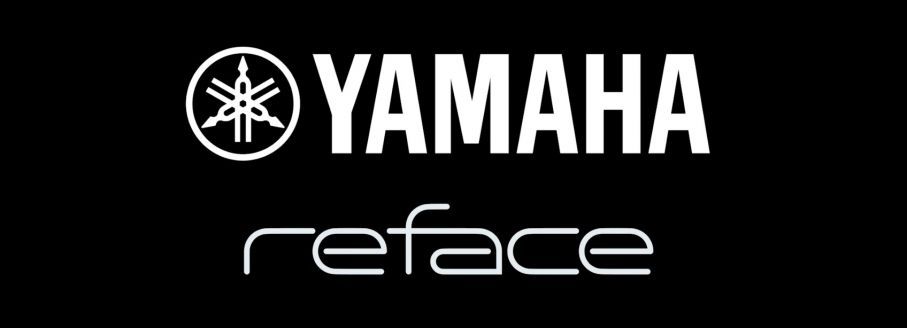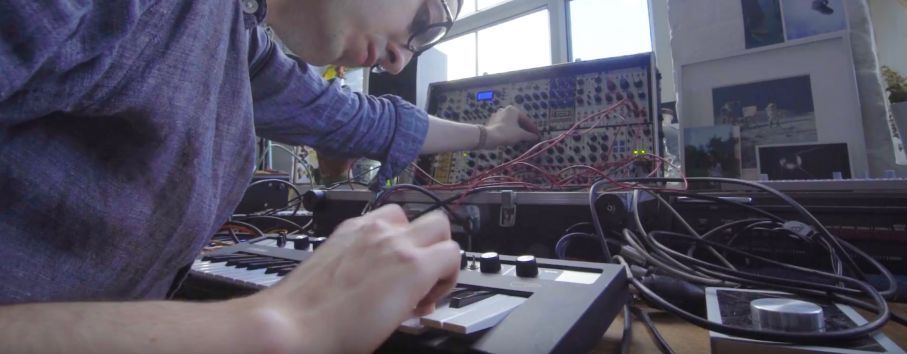Synthbits: 7 Top Keyboardists from Spain Play reface
Check out the featured keyboardist and producers in this tasty bity of Synth from Spain, including:
- Ed is Dead (producer)
- Álvaro Gandul (Rozalén)
- Ale Romero (Cirque du Soleil)
- Adrián Schinoff (Pablo Alborán
- Gabriel Peso (David Bisbal)
- Rubén García (Malú)
- Moira Muñoz (producer)
Enjoy!
Questions or comments? Join the conversation on the Forum here.
And stay tuned for more tasty bits of Synth to come!

